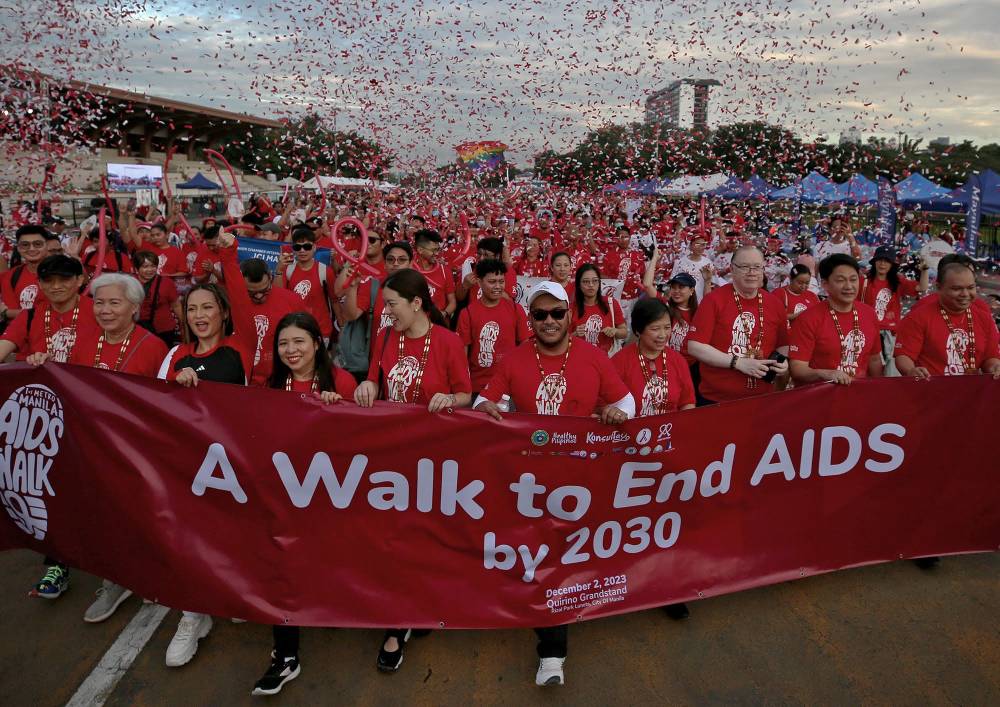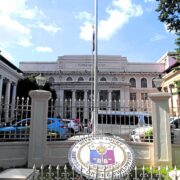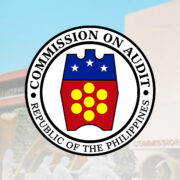HIV programs in PH face P 22-B question

Public health programs lined up till 2026 to curb the rise of human immunodeficiency virus (HIV) infections in the Philippines have identified funding sources that can provide up to P23 billion.
But that is still P22.3 billion short of what is needed if targets are to be met, according to Dr. Louie Ocampo, country director of the Joint United Nations Program on HIV/Aids (UNAIDS).
Ocampo pointed out this funding gap on Friday, Dec. 1, as the country joined the observance of World Aids Day.
Where to get the rest?
If the programs remain that short of funds, the current number of PLHIVs (or people living with HIV) in the country—currently estimated at 189,000—could more than double or swell to 401,700 by 2030, he said. Next year alone, some 28,900 PLHIVs are projected to be added to the tally, he added.
“There is strong evidence that community responses produce results (but) there is an urgent need for them to be scaled up and fully integrated into the national response,” Ocampo said.But based on estimates, he said, consolidated funding from various government agencies, civil society organizations and private partners would amount to only around P23 billion, or around 51 percent of the required budget for programs laid out under the 7th AIDS Medium-Term Plan from 2024 to 2026.
The bulk of the P23 billion is expected to come from the public sector: the Department of Health as the source of P15.6 billion (34 percent); the Philippine Health Insurance Corp. or PhilHealth providing P3.6 billion (8 percent); and local governments contributing P1.3 billion (3 percent).The rest is seen to come from development partners such as Global Fund, USAID and other private sponsors.
However, the remaining 49 percent of the needed funding have yet to be sourced, Ocampo said, adding:
Therapies, meds“Not knowing where to source this amount poses a major challenge in scaling up effective intervention.”
At present, based on UNAIDS data, more than 115,000 of the estimated PLHIVs in the country are not yet on life-saving antiretroviral therapy (ART).When on ART, an infected person can maintain an “undetectable” viral load and negate the possibility of passing on HIV to sexual partners.
According to UNAIDS, ART is crucial “in managing HIV by suppressing virus replication, restoring the immune system and significantly delaying disease progression.”
On the other hand, preventive medications, namely the preexposure prophylaxis (PrEP) and postexposure prophylaxis (PEP), are taken to prevent contracting HIV.

Participants led by officials of Health Department take part in the 1st Metro Manila AIDS Walk in Manila to mark World Aids Day to raise awareness about human immunodeficiency viruses and acquired immunodeficiency syndrome as infections continue to increase in the country.
INQUIRER PHOTO / RICHARD A. REYES
These medications are usually available at treatment centers run by nongovernment organizations and at the social health and primary care clinics of most local governments, Ocampo said.
As of 2022, around 30,000 had been reported to be PrEP users in the country, which Ocampo considered a marked improvement from past years.
“But that’s not enough,” he stressed. “We need more people to experience the benefits of PrEP.” INQ
















